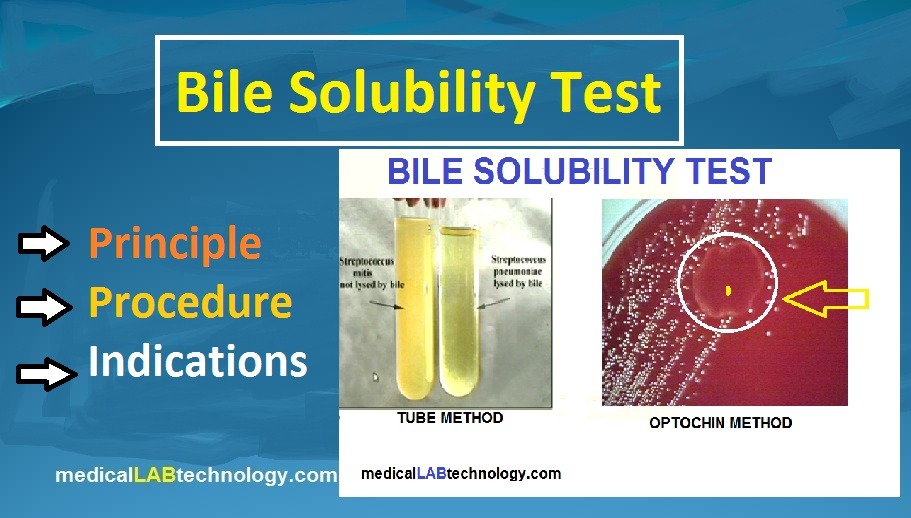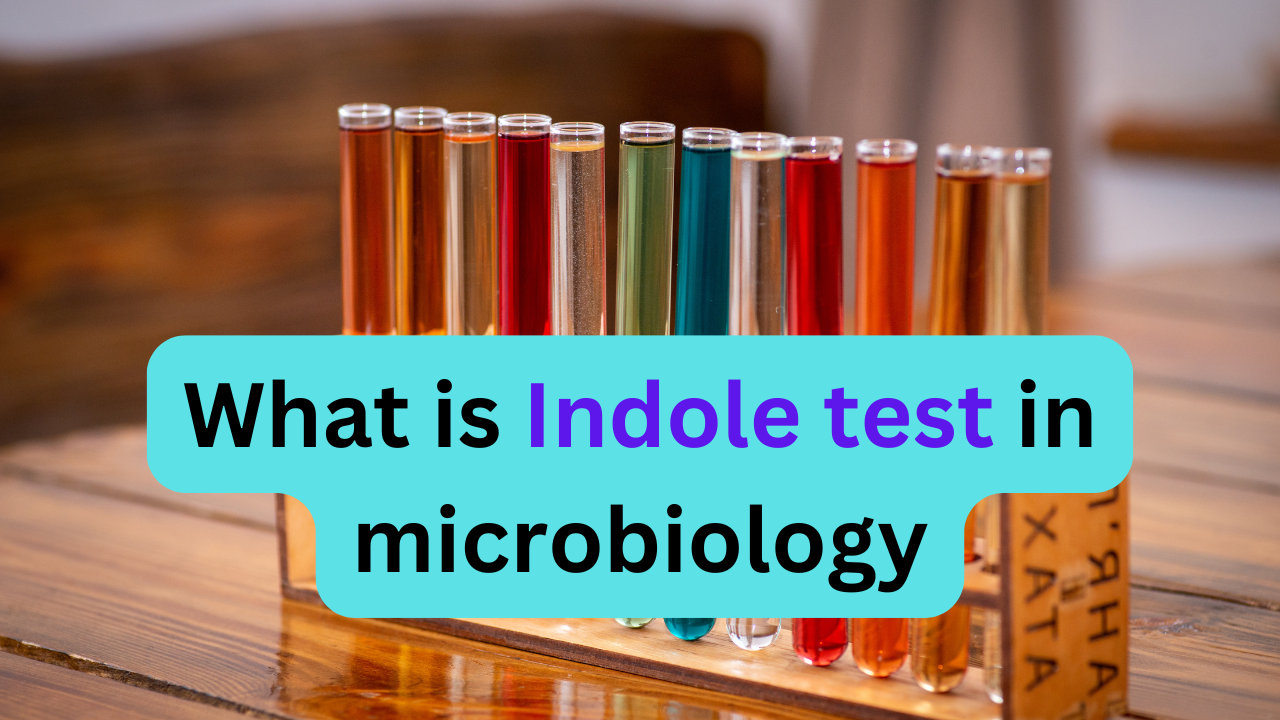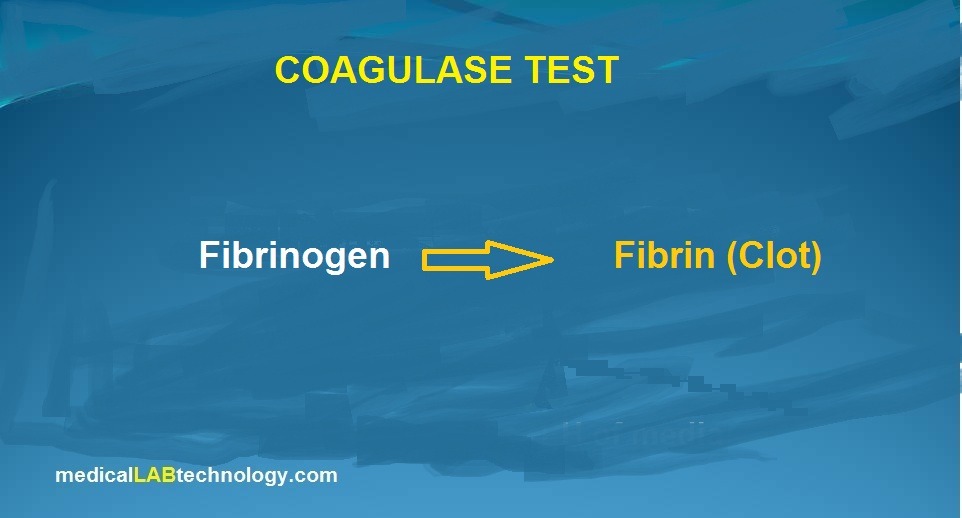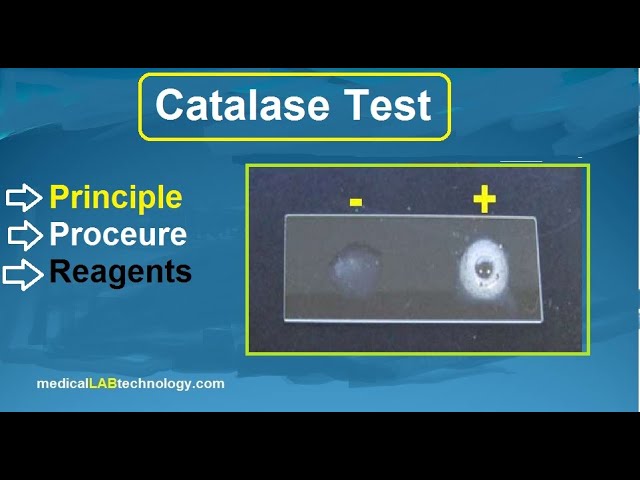Optochin sensitivity test Principle, procedure (streptococcus pneumonia)
An optochin sensitivity test is used for the alpha-hemolytic streptococcus pneumoniae biochemical test. With the help of this test, we diagnose streptococcus pneumonia another alpha-hemolytic streptococcus. Optochin sensitivity test principle Optochin is a chemical (ethylhydrocupreine hydrochloride). It is an antibiotic. It interferes with ATP synthesizing enzyme called ATPase in bacteria. It causes the change in … Read more



